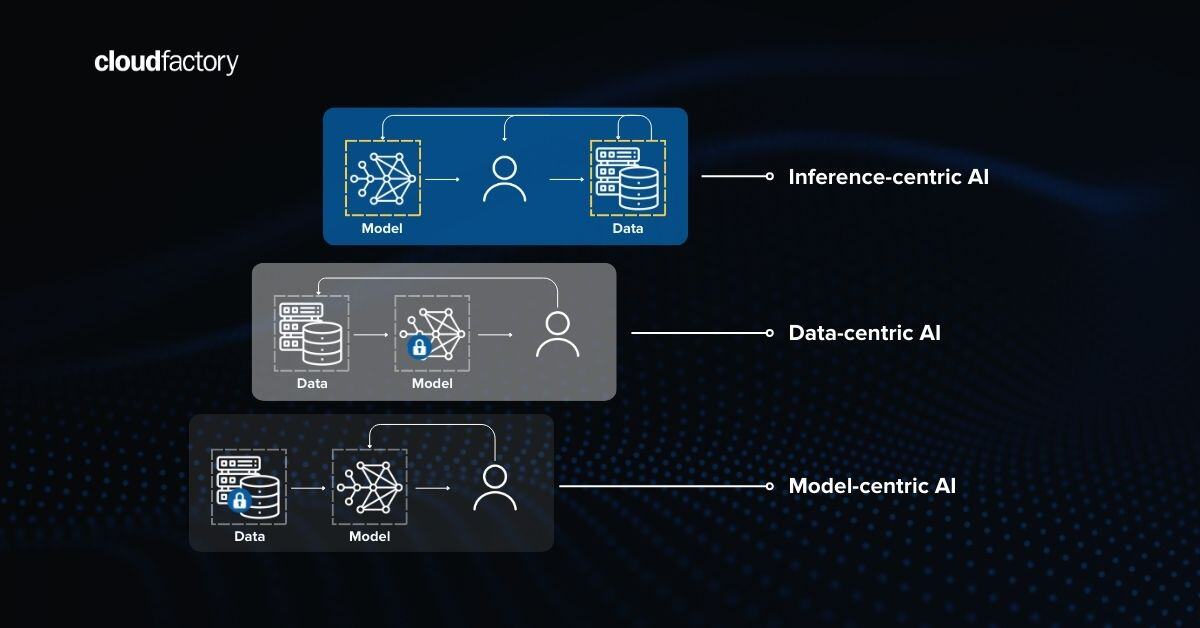
A standard 3x3 Rubik’s Cube® has 43 quintillion possible combinations. While the pieces remain the same, this complex puzzle can be solved to resemble a multitude of shapes and color combinations based on the needs and desires of the solver.
Unstructured data is much the same. Without a clear intent or desired pattern, unstructured data is just a collection of unusable images, text, or videos. Only once you place a consistent direction and purpose to the data can AI algorithms do powerful and often innovative things.
The step of converting data, in this case the Rubik’s Cube® panels, from a meaningless mashup of colors to a pleasing and usable pattern, is where the majority of AI projects err. According to Cognilytica, 80% of the time consumed on AI projects is on data preparation and engineering tasks. That’s an incredible amount of resources spent only to have something ineffective or unusable in the end.
So what options can I leverage to solve my complex data puzzle?
OPEN SOURCE
Leveraging one of the many open-source datasets on the market is one way to overcome this challenge. There are several to choose from, and they are widely available. However, with the open-source option, your results will be biased towards the original requirements used to label that data and the quality and skill of the people labeling it.
What does this mean? Unfortunately, it means you aren’t likely to get an exact match for the results you are hoping to achieve. Often, you may find you’re settling for something that might be close at best, but more often than not, entirely off the mark.
Let’s use the Rubik’s Cube® again as an example of this in play.
Perhaps you require one of the sides to be a yellow diagonal line on a red background. Simple enough. But the only available dataset is a yellow diagonal line on a blue background. This option meets your requirement for the diagonal line, but it’s not exactly right. Skewed final results likely won’t deliver the level of quality and performance needed for your specific, nuanced use case.
That blue backdrop could now cause all sorts of problems that you hadn’t considered until the entire collection of data comes together for its purpose. Suddenly, the impact of blue over red becomes apparent, but it’s too late.
Open sourcing couldn’t solve for the complexity of this challenge.
CROWDSOURCING
Another approach that companies take is using a crowdsourced workforce.
This option may make sense for some incredibly simple tasks, say mixing up the cube, without the need to follow a clear directive or perform with any specific level of accuracy.
However, for more nuanced tasks, you can run into trouble. If paying individuals in the crowd by cube completed, they’ll instinctively find shortcuts to complete tasks more quickly. Maybe they’ll decide that all you need is that yellow diagonal in the middle and the background color is of no importance. Or perhaps it’s easier to just solve for an entire face of yellow as a safety measure. That’s good enough, right?

If you picture lots of Rubik’s Cubes® coming together to form a mural, think about how that might look. Now imagine that as a data cube across an entire dataset, just like the mural in our video. On one cube, it doesn’t seem like such a big deal to miss on accuracy. But think about it across an entire Rubik’s wall. The completed collection won’t meet your intended requirements, and your final algorithm won’t perform as expected.
Crowdsourcing couldn’t bring the consistency necessary to solve our complexity problem.
MANAGED WORKFORCE
Now let’s look at solving your data puzzle with a managed workforce solution.
A managed workforce is a dedicated team that learns and scales with you. They are trained based on input, direction, and feedback straight from you. The dedicated team learns the details, nuances, and protocols that make the requirements of your task unique. And with this bespoke training, they can achieve maximum throughput and solve the quality and complexity problem more than any of the other solution options.
If you think about our Rubik’s Cube® mural and all the moving parts that must come together to make it connect into one complete picture, there must first be a roadmap to get there. With a single vision and customized training, along with timely direction and feedback, every puzzle solver takes responsibility for their cubes ensuring the final product can seamlessly fit together and perform exactly as expected.
This symphony of dedicated players is your managed workforce.
To finally solve your Rubik’s Data Cube® challenge and achieve the most significant results with the highest performance level from your labeled data, you need a dataset aligned with your specific business needs. The most effective way to get that is to work with a trusted partner that provides a vetted and scalable team trained on your requirements.
Puzzle solved.
Data Labeling Data Workforce Workforce Strategy AI & Machine Learning








